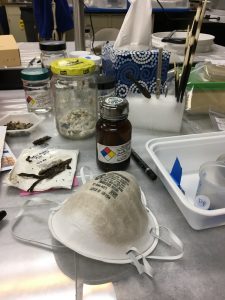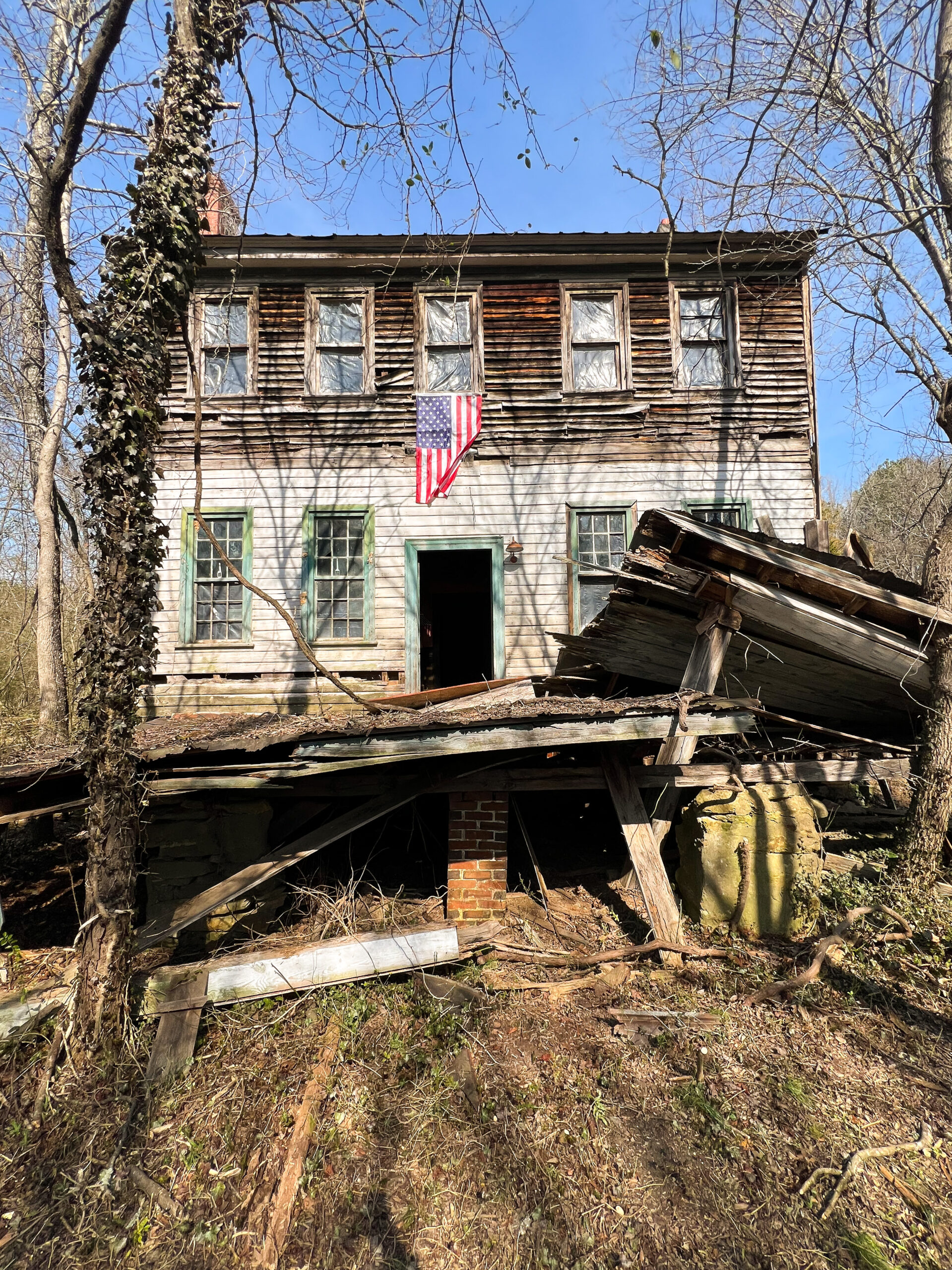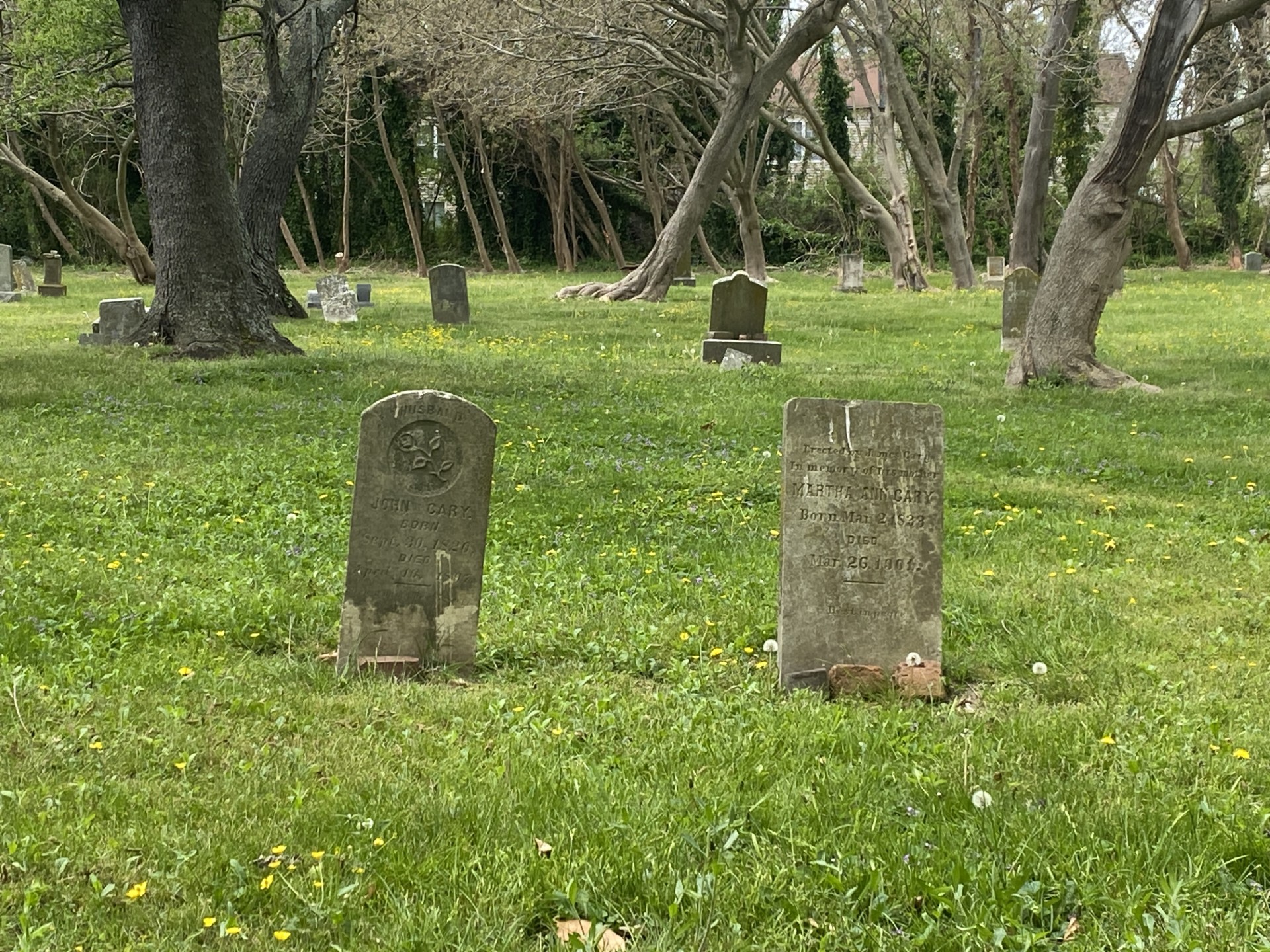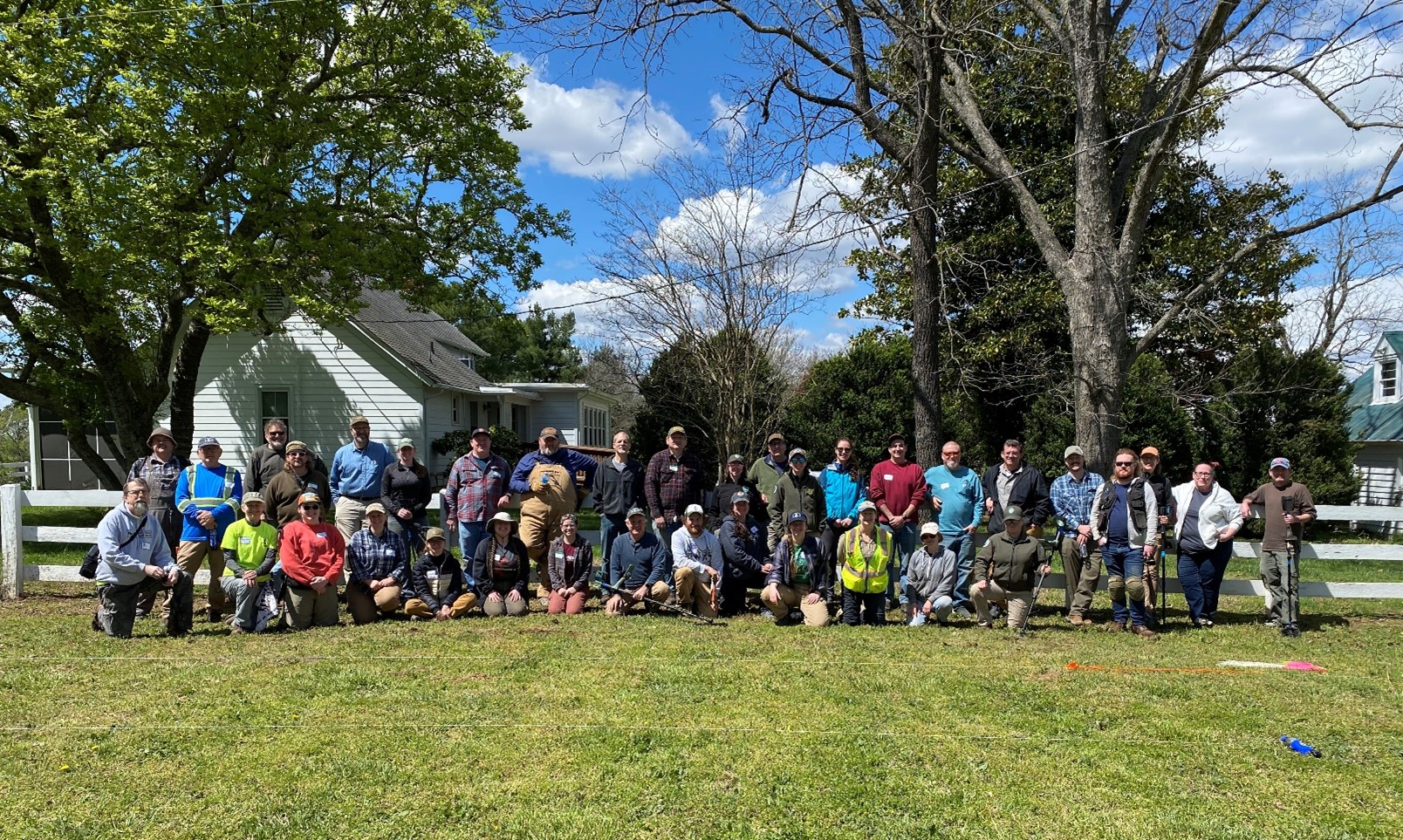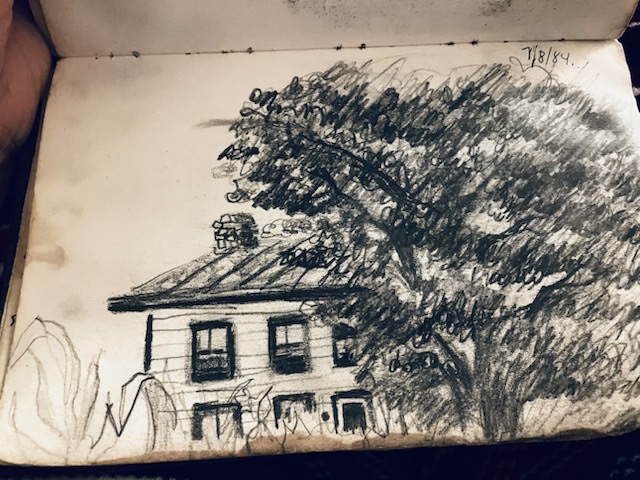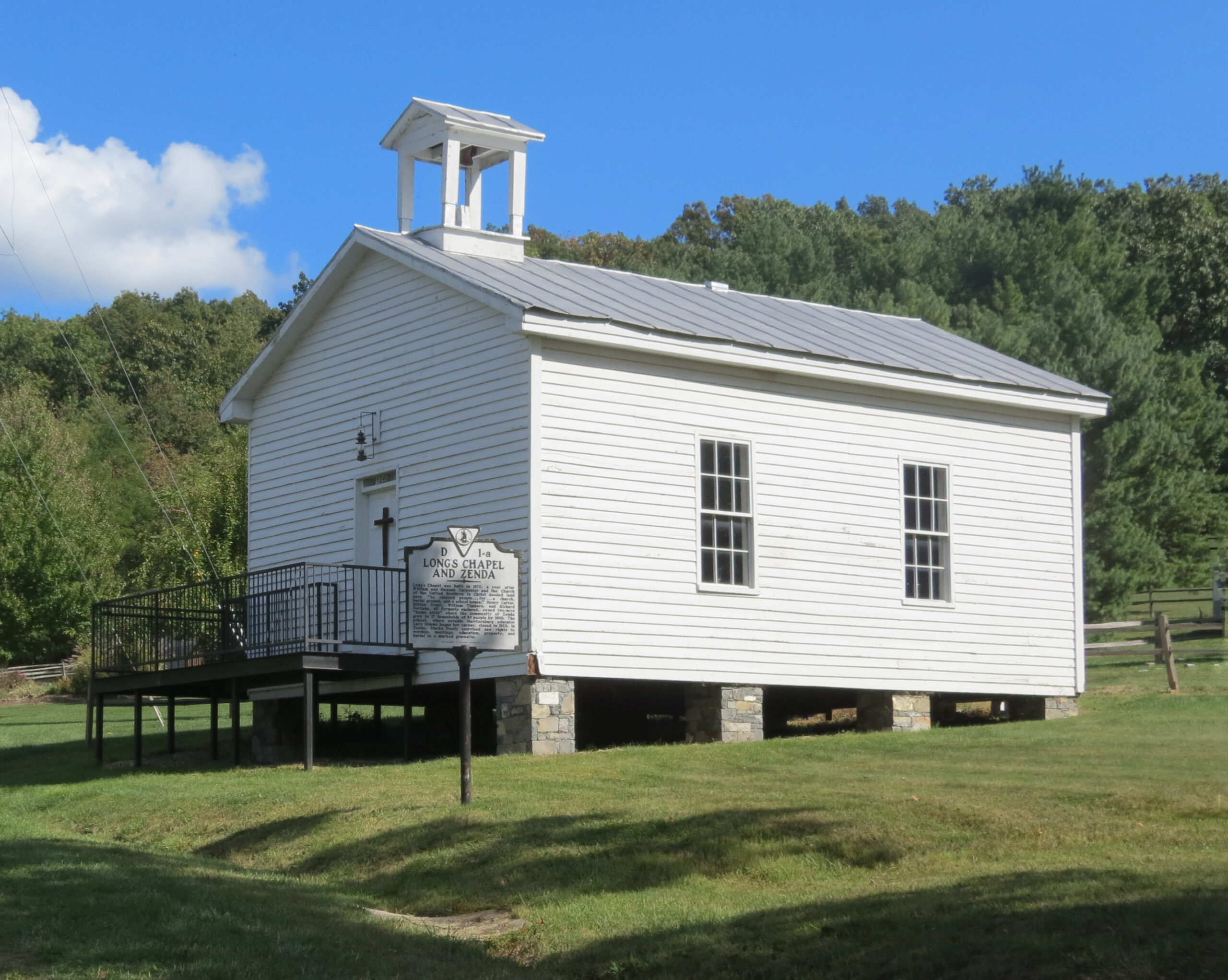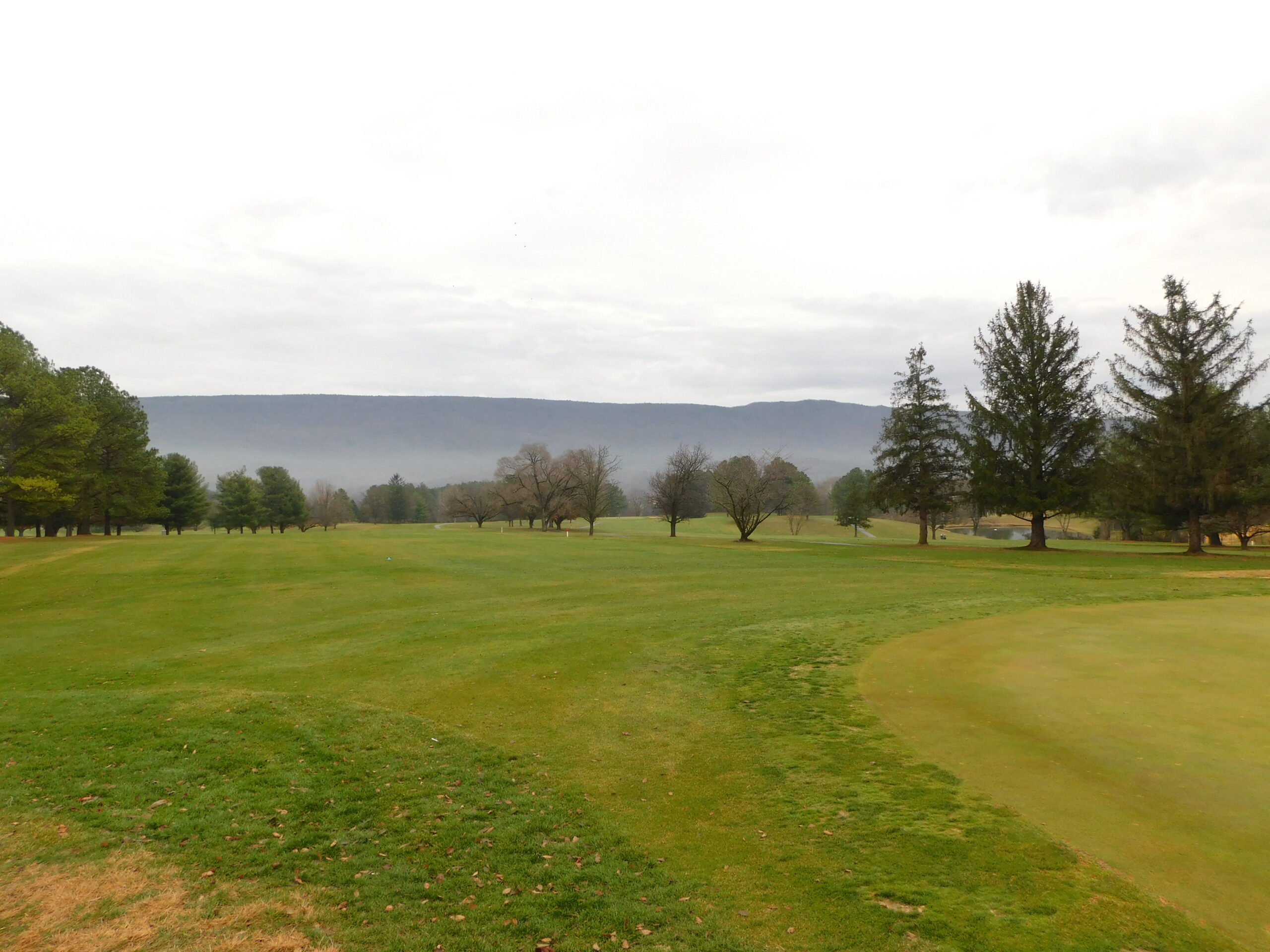Protecting Conservators
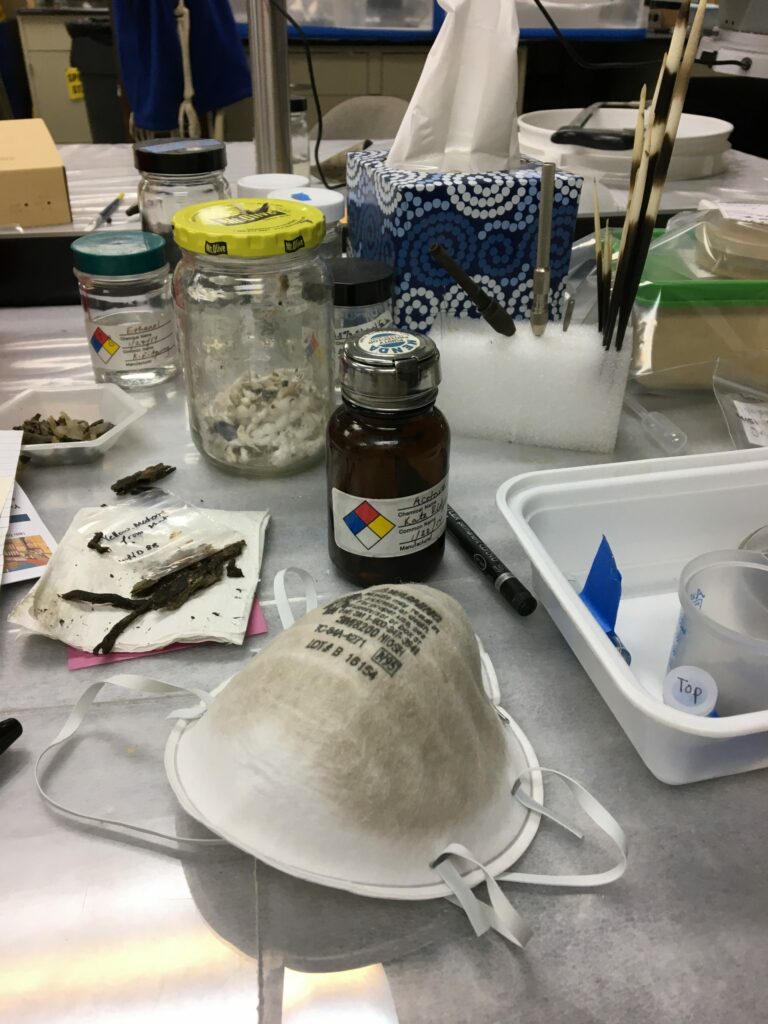
You may have seen our recent Facebook post on March 26 about a donation DHR made of masks and gloves to our local first responders. Some folks have asked why we had those supplies. The answer is simple—artifacts are dirty and we don't want our staff to inhale whatever is on those items as they are cleaned and stabilized.
Regardless of when or where they were recovered, all artifacts have some level of dirt and decay that must be addressed before they can be accessed for research purposes, placed on display, or stored for the future. Removing dust, rust, soil, and other encrusting solids can create small particles of debris that float in the air. A low-power vacuum hose can remove some of these particles but because our conservators work closely with the objects, they can inhale some of these particles unless they wear a mask.
We take other precautions as well. Conservation and collections management programs include substantial safety training. If you would like to learn about this and many other issues related to collections work, we recommend the National Park Service's Museum Management Program series of "Conserv O Grams."
These are somewhat technical articles but have a lot of valuable information that you can use to take care of your own precious objects at home. To read more about DHR collections, visit our Spotlight on Collections blogs.
